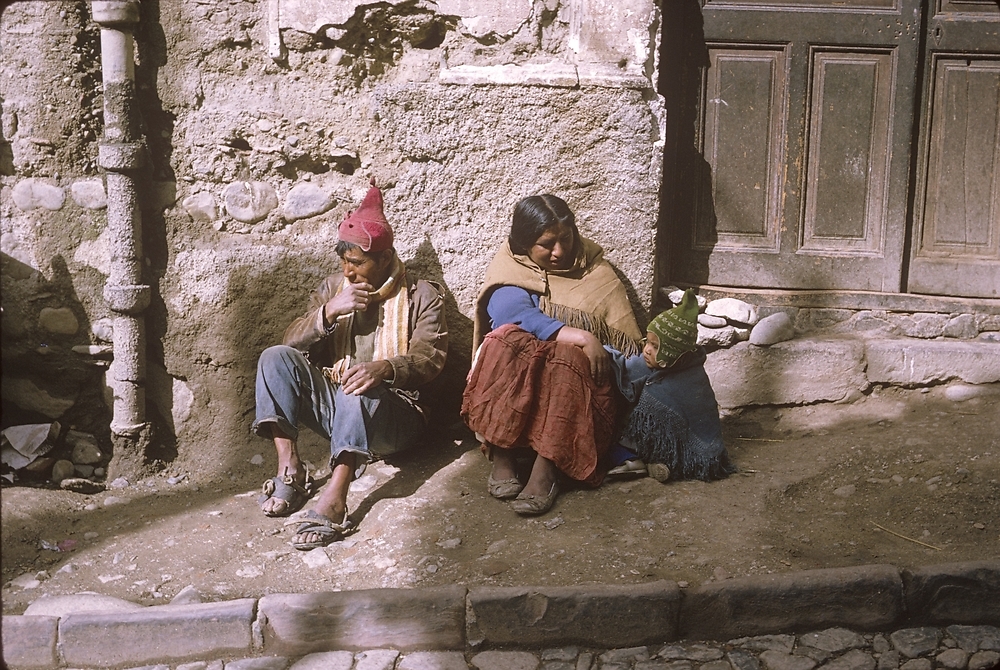November 06, 2020 | Press Release
How Fertility Declined in Latin America Amongst Different Social Classes in the 20th Century

The fertility rate declined, primarily because couples from lower classes had fewer children. The photo was taken in 1970 in La Paz, Bolovia. © iStockphoto.com/atlantic-kid
Research scientist Andrés Castro recently analyzed the decrease of the complete fertility rate in six Latin American countries – examining different social classes during the second half of the 20th century. He found substantial differences between upper-class und lower-class women and suggests a change of perspective when studying fertility decline.
“I think we overestimate our understanding of fertility change. This is particularly true for countries of the Global South in the 20th century,” says Andrés Castro. The research scientist at the Max Planck Institute for Demographic Research (MPIDR) in Rostock, Germany, continues, “We are prone to believe that what previously happened in developed countries will replicate elsewhere, but that is not necessarily the case.”
For this reason, Castro’s paper published in the European Journal of Population suggests a change in perspective from a variable-centered interpretation to a class-based understanding of fertility change. “This is important, because this new perspective helps to fill in gaps in existing theories, especially when trying to describe the experiences of socially and economically disadvantaged people,” says Castro.
In his paper, he identified three main aspects of the relationship between fertility and class:
First, the connection between social class and fertility endured throughout the second half of the 20th century. Second, fertility declined in diverse manners across different social classes amid the same time period. Third, distances between social classes play a dual role in both promoting and preventing change towards the acceptance of smaller family sizes.
Fertility in lower- and upper-class couples changed in different ways
Using census data, the research scientist reconstructed fertility histories of 1.7 million couples born between 1920 and 1965 in Bolivia, Brazil, Chile, Colombia, Mexico, and Paraguay. These fertility histories allowed him to examine fertility change from varying cohorts. He was also able to relate the fertility changes to the socioeconomic transformations experienced in Latin America during the second half of the 20th century.
The results show that the lower- and upper-class couples changed their fertility differently. Upper-class women delayed their first birth, but the childbearing period remained relatively stable. Compared to other social classes, the number of children women in the upper-class had changed the least. In saying that, it is important to recognize that as this class was relatively small, its contribution to the overall fertility decline was minor.
Lower-class women, on the other hand, had their first child earlier. The childbearing period was also shortened due to having their last birth at an earlier point as well. This ultimately resulted in less children at the end of their childbearing age. As the number of couples in the lower class was comparatively large, it served as a the main contributor to the overall fertility change.
“The complete fertility rate across all cohorts of women in the six Latin American countries studied were closely tied to the overall distribution of social classes,” says Castro. Over time, unequal social and economic development across countries led to an unequal - yet generalized - fertility decline.
Original publication
Castro, A.: Analysis of Latin American fertility in terms of probable social classes. European Journal of Population. (2020) DOI: 10.1007/s10680-020-09569-7